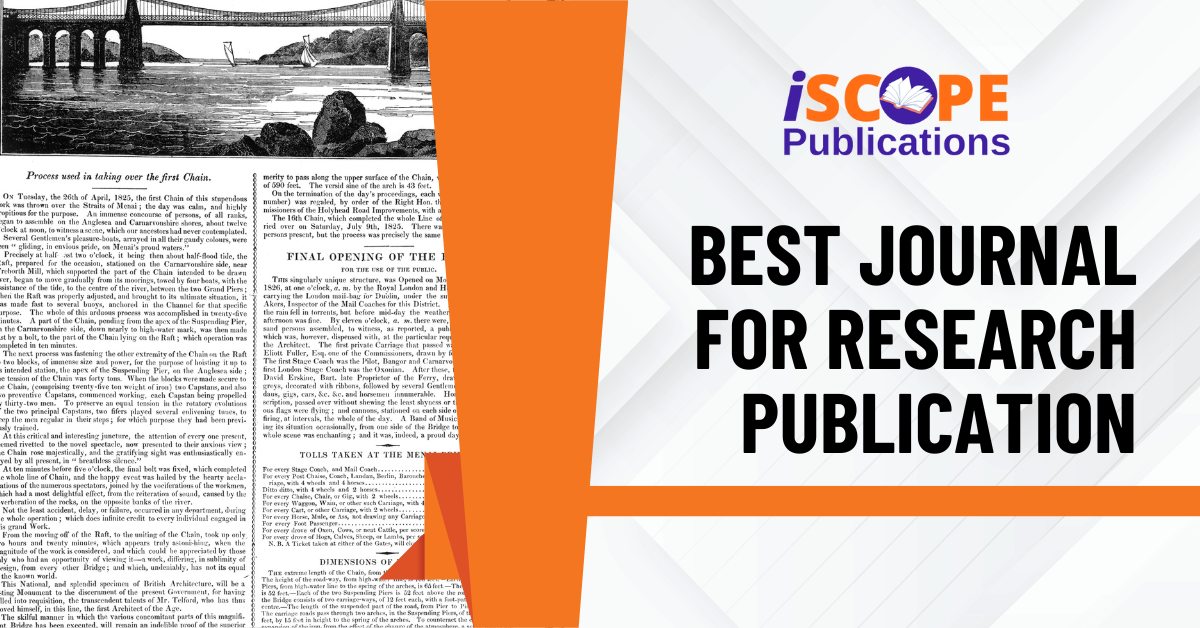One of the most important skills you can imbibe as an academician is to know how to summarize a research paper. During your academic journey, you may need to write a summary of findings in research quite often and for varied reasons – be it to write an introduction for a peer-reviewed publication, to submit a critical review, or to simply create a useful database for future referencing.
How to write a research paper summary?
Writing a good research paper summary comes with practice and skill. Useful advice on how to write a research paper summary effectively.
1. Determine the focus of your summary
Before you begin to write a summary of research papers, determine the aim of your research paper summary. This will give you more clarity on how to summarize a research paper, including what to highlight and where to find the information you need, which accelerates the entire process. If you are aiming for the summary to be a supporting document or a proof of principle for your current research findings, then you can look for elements that are relevant to your work.
On the other hand, if your research summary is intended to be a critical review of the research article, you may need to use a completely different lens while reading the paper and conduct your own research regarding the accuracy of the data presented. Then again, if the research summary is intended to be a source of information for future referencing, you will likely have a different approach. This makes determining the focus of your summary a key step in the process of writing an effective research paper summary.
2. Invest enough time to understand the topic deeply
In order to author an effective research paper summary, you need to dive into the topic of the research article. Begin by doing a quick scan for relevant information under each section of the paper. The abstract is a great starting point as it helps you to quickly identify the top highlights of the research article, speeding up the process of understanding the key findings in the paper.
Be sure to do a careful read of the research paper, preparing notes that describe each section in your own words to put together a summary of research example or a first draft. This will save your time and energy in revisiting the paper to confirm relevant details and ease the entire process of writing a research paper summary.
When reading papers, be sure to acknowledge and ignore any pre-conceived notions that you might have regarding the research topic. This will not only help you understand the topic better but will also help you develop a more balanced perspective, ensuring that your research paper summary is devoid of any personal opinions or biases.
3. Keep the summary crisp, brief and engaging
A research paper summary is usually intended to highlight and explain the key points of any study, saving the time required to read through the entire article. Thus, your primary goal while compiling the summary should be to keep it as brief, crisp and readable as possible. Usually, a short introduction followed by 1-2 paragraphs is adequate for an effective research article summary.
Avoid going into too much technical detail while describing the main results and conclusions of the study. Rather focus on connecting the main findings of the study to the hypothesis, which can make the summary more engaging. For example, instead of simply reporting an original finding – “the graph showed a decrease in the mortality rates…”, you can say, “there was a decline in the number of deaths, as predicted by the authors while beginning the study…” or “there was a decline in the number of deaths, which came as a surprise to the authors as this was completely unexpected…”.
Unless you are writing a critical review of the research article, the language used in your research paper summaries should revolve around reporting the findings, not assessing them. However, if you intend to submit your summary as a critical review, make sure to provide sufficient external evidence to support your final analysis. Invest sufficient time in editing and proofreading your research paper summary thoroughly to ensure you’ve captured the findings accurately. You can also get an external opinion on the preliminary draft of the research paper summary from colleagues or peers who have not worked on the research topic.
What mistakes to avoid while writing a research paper summary?
Now that you’ve understood how to summarize a research paper, watch out for these red flags while writing your summary.
- Not paying attention to the word limit and recommended format, especially while submitting a critical review. Try Paperpal’s Trim feature reduce word count without changing the intended meaning of sentences
- Evaluating the findings instead of maintaining an objective, unbiased view while reading the research paper
- Skipping the essential editing step, which can help eliminate avoidable errors and ensure that the language does not misrepresent the findings. Paperpal’s language suggestions, AI review and pre-submission checks can help you prepare your drafts for submission
- Delivering original work is utmost necessary when reporting findings in your scientific article summary. Paperpal’s Plagiarism Checker allows you to scan up to 7000 words for free and provides an overall similarity score, top 3 matching sources to help you avoid accidental plagiarism.
Write a research paper summary 2x faster with Paperpal
Paperpal’s Chat PDF feature helps you summarize full-text research papers, understand new/complex topics, and organize your notes effortlessly. It saves hours of time spent on literature reviews, helps you extract key insights in minutes, and even lets you generate MCQ questions for your assignments.
Simply upload your PDF to Paperpal, and it will generate suggested questions for you to ask the AI. These pre-written questions or create your own to get the specific information you need.
Paperpal also tags the relevant paragraphs from the PDFs with the AI-generated insights so you can validate if the information provided is correct. You can also easily copy and save important excerpts, complete with accurate in-text citations and a full bibliography, directly to your notes.
We hope the recommendations listed above will help you write a research paper summary better, faster and enable you to tackle the process effectively.
FAQs
1. What is a research paper summary?
Research paper summary is a concise overview of a study, highlighting key points such as objectives, methods, findings, and conclusions.
2. How long should a research paper summary be?
It typically ranges from 150 to 300 words, depending on the paper’s length and journal guidelines.
3. What are the key elements of a research paper summary?
It includes the title, purpose, methodology, key findings, and conclusion of the study.
4. How do I write an effective summary of a research paper?
Read the paper thoroughly, identify the main points, and write concisely without adding personal opinions.
5. What is the difference between an abstract and a summary?
An abstract is a brief overview usually found at the beginning of the paper, while a summary provides a more detailed explanation of the study.
6. Should a research summary include citations?
No, a summary condenses the main points and does not require citations or detailed references.
7. Can I use bullet points in a research summary?
No, research summaries are typically written in paragraph format to maintain a professional structure.
8. Where is a research summary used?
It is used in academic reports, journal articles, research proposals, and presentations to provide a quick overview of a study.
9. How can I make my summary concise yet informative?
Focus on the main research question, key findings, and conclusions, avoiding unnecessary details.
10. What are common mistakes to avoid in a research summary?
Avoid plagiarism, excessive detail, personal opinions, and omitting key findings of the study.



